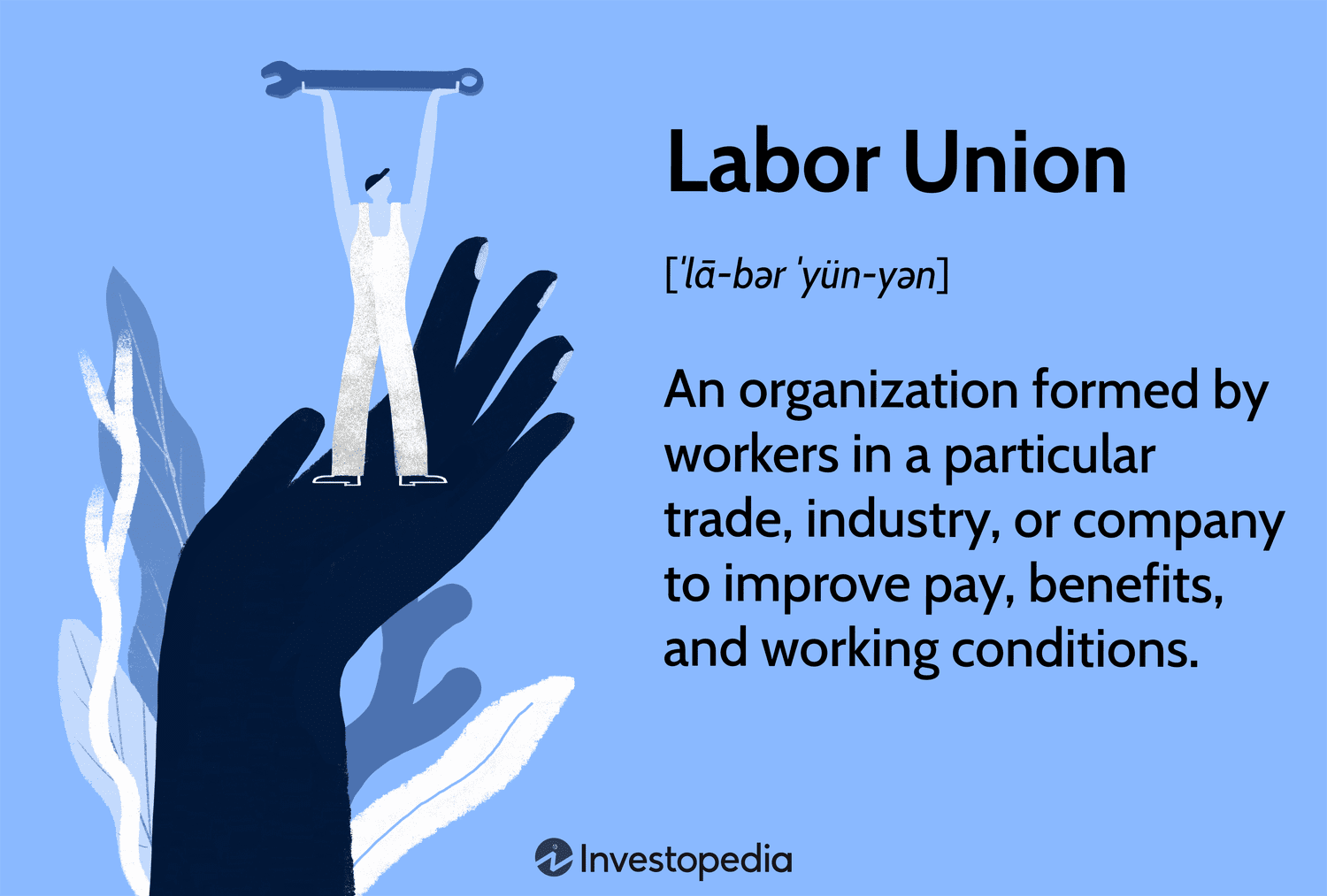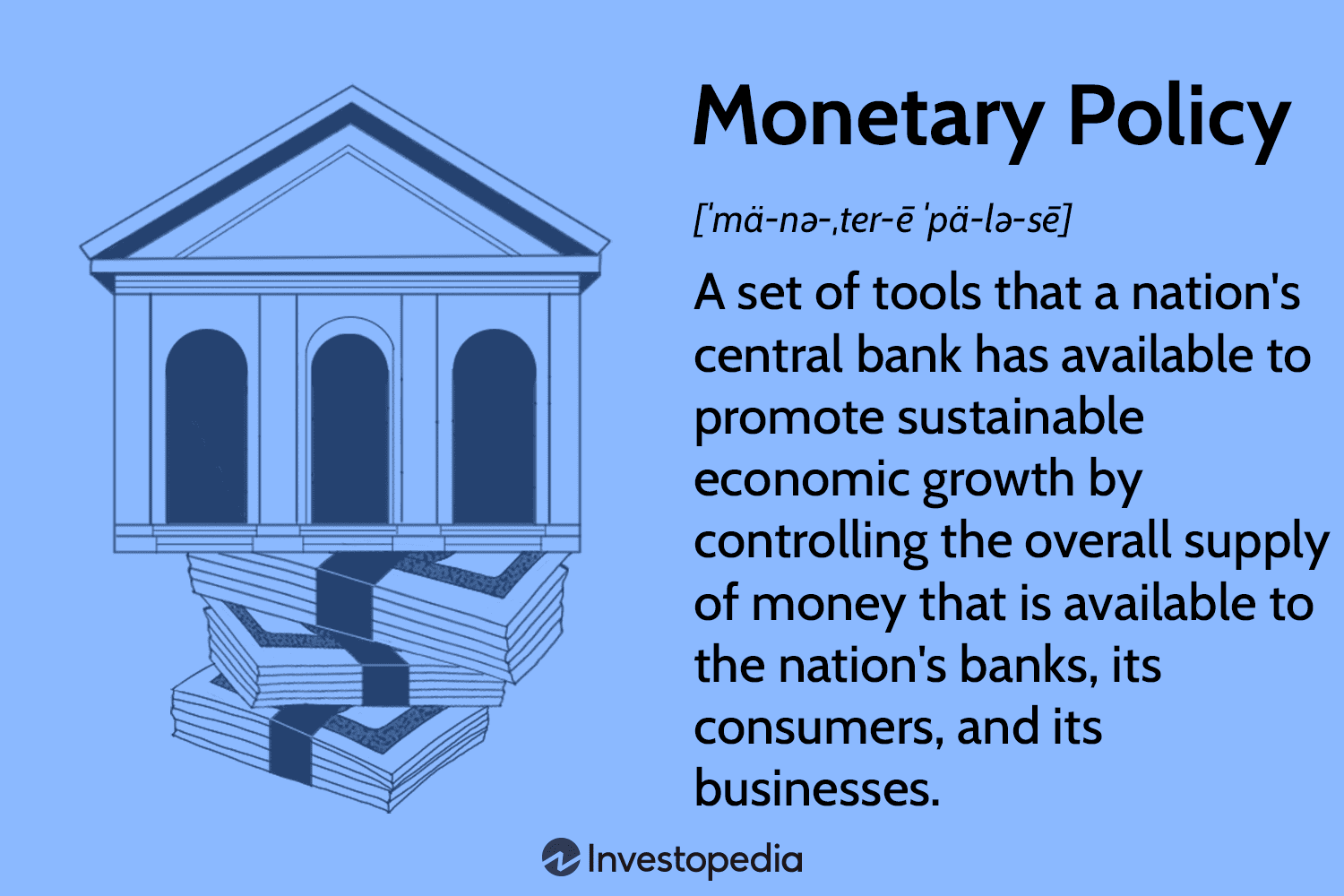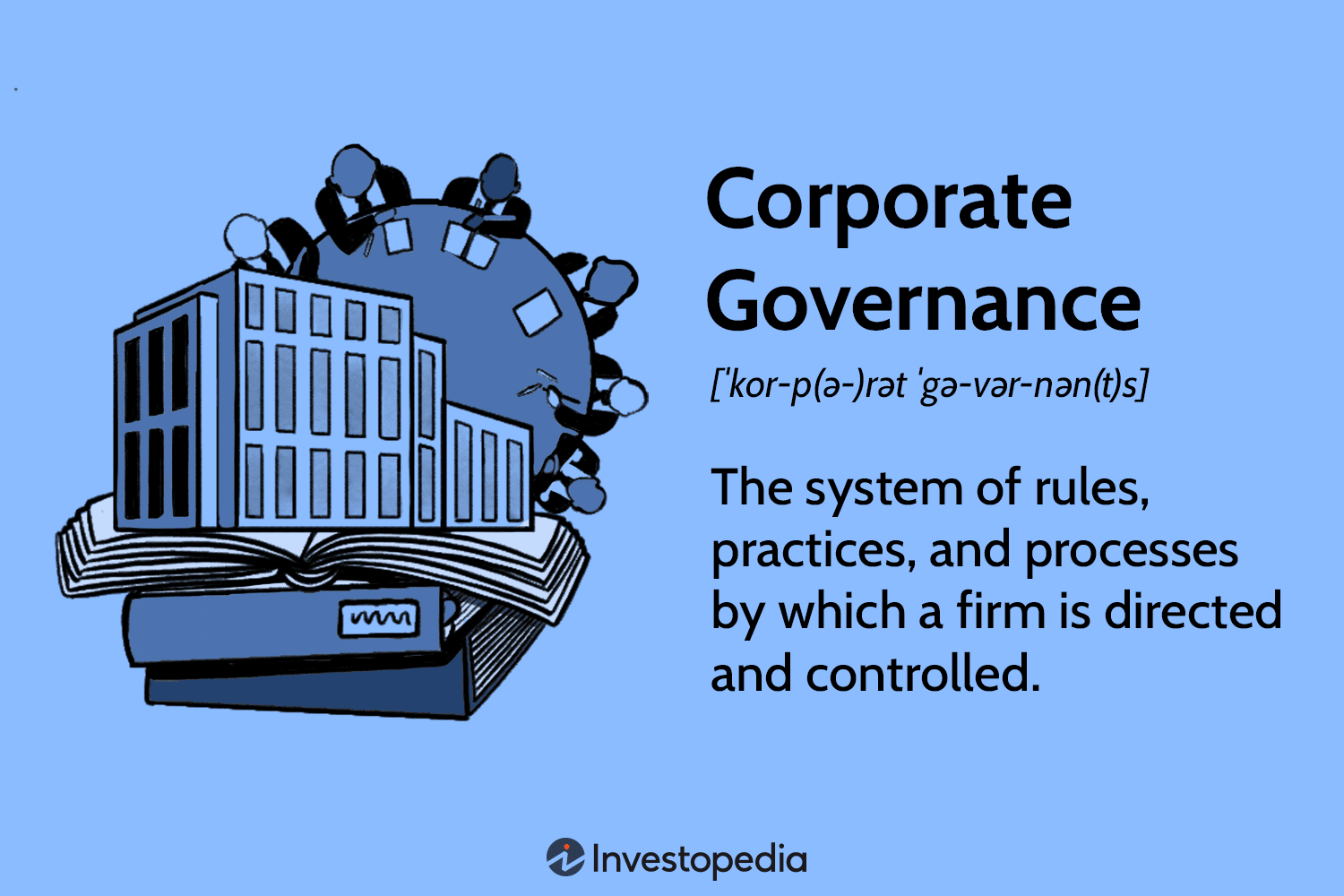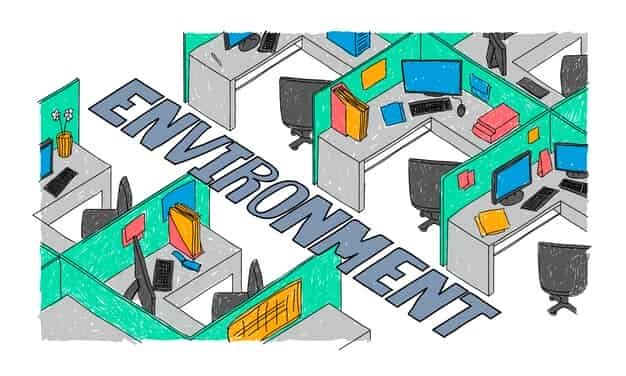What Are Labor Unions? Explained Simply
Mia Wilson

Photo: What Are Labor Unions? Explained Simply
What Are Labor Unions? Explained Simply
Labor unions have played a crucial role in shaping modern work environments, advocating for workers' rights, and ensuring fair treatment in various industries. Despite their historical significance, many people may not fully understand what labor unions are, how they operate, and why they remain relevant today. This article will provide a straightforward explanation of labor unions, their purpose, and their impact on society, ensuring an engaging and informative read for a general audience.
Introduction to Labor Unions
A labor union, also known as a trade union, is an organization formed by workers who join forces to protect their collective interests, primarily concerning wages, benefits, working conditions, and job security. These unions negotiate with employers on behalf of their members to establish fair labor practices and resolve workplace issues.
Historically, labor unions emerged in response to the harsh working conditions brought about by the Industrial Revolution. As factories grew and labor-intensive industries expanded, many workers faced low wages, long hours, and unsafe environments. Labor unions arose to provide a unified voice for these workers, seeking better treatment and legal protections.
The Purpose of Labor Unions
At their core, labor unions aim to represent workers in negotiations with employers, often referred to as collective bargaining. This process enables employees to negotiate employment terms collectively rather than individually, which significantly increases their bargaining power.
Here are some of the key purposes of labor unions:
- Wage Negotiation
One of the primary goals of labor unions is to secure higher wages for their members. By leveraging the collective strength of the workforce, unions can negotiate better pay scales and ensure equitable compensation for various roles. - Improved Working Conditions
Unions advocate for safer and healthier workplaces. This includes ensuring that safety regulations are followed, appropriate equipment is provided, and workers are not subjected to hazardous conditions. - Job Security
Labor unions often work to reduce the risk of arbitrary layoffs by establishing clear rules and processes for termination. This helps create a sense of stability and security for workers. - Employee Benefits
Benefits such as health insurance, retirement plans, paid leave, and sick days are frequently part of union negotiations. These benefits contribute significantly to workers' overall well-being.
How Labor Unions Operate
Labor unions operate by recruiting members from a specific industry or trade. Members pay union dues, which fund the organization’s operations, including legal representation, administrative costs, and other services provided to members.
The structure of a typical labor union includes the following:
- Union Members: The backbone of the organization, these individuals benefit from the union’s negotiations and support.
- Union Representatives: Elected by members, they represent the workforce in negotiations with management.
- Union Leadership: This group oversees the overall strategy, policy-making, and financial management of the union.
Once established, a union engages in several activities, including:
- Collective Bargaining: Negotiating contracts with employers to secure better terms for workers.
- Dispute Resolution: Addressing grievances and disputes between workers and employers.
- Advocacy: Lobbying for legislation that protects workers' rights at the local, state, and national levels.
Benefits of Labor Unions
Labor unions have provided several benefits to both workers and society as a whole. Their influence has led to numerous positive outcomes:
- Higher Wages and Better Benefits
According to research, unionized workers typically earn higher wages than their non-union counterparts. Additionally, they are more likely to have access to better benefits, such as healthcare and retirement plans. - Reduction in Income Inequality
Unions play a significant role in narrowing the wage gap by advocating for fair compensation across different levels of employment. - Enhanced Workplace Protections
Union contracts often include provisions that protect workers from unfair treatment, discrimination, and unsafe working conditions. - Greater Workforce Stability
By promoting job security and fair practices, unions contribute to a more stable and satisfied workforce.
Criticisms and Challenges Facing Labor Unions
Despite their many benefits, labor unions are not without criticism. Employers often argue that unions can increase operational costs, making businesses less competitive. Additionally, some critics contend that union dues can be burdensome for workers, especially those with lower incomes.
Another challenge unions face is the decline in membership over recent decades. Factors contributing to this decline include:
- Globalization: The shift of manufacturing jobs to countries with lower labor costs has reduced the number of unionized jobs in developed countries.
- Legislation: In some regions, laws have made it harder for unions to organize and negotiate effectively.
- Changing Workforce Demographics: The rise of gig and freelance work has made traditional union models less applicable.
The Future of Labor Unions
The future of labor unions will depend on their ability to adapt to modern work environments. As industries evolve and new forms of employment emerge, unions must find innovative ways to remain relevant.
Some potential paths forward for unions include:
- Organizing in New Sectors
With the rise of technology and service industries, unions can expand their reach by organizing workers in these growing sectors. - Addressing Gig Economy Challenges
Many workers in the gig economy face low pay and job insecurity. Unions can play a crucial role in advocating for their rights and establishing fair labor standards. - Leveraging Technology
By utilizing digital platforms for communication, organizing, and advocacy, unions can engage with a broader audience and streamline their operations.
Conclusion
Labor unions have long been a powerful force in advocating for workers' rights and improving labor conditions. While they face significant challenges in today’s rapidly changing work environment, their potential to drive positive change remains substantial. Whether by negotiating fair wages, promoting safer workplaces, or ensuring job security, unions continue to play an essential role in creating a more equitable labor market.
As the nature of work evolves, the role of labor unions will also need to adapt. However, their core mission protecting and advancing the rights of workers will likely remain as relevant as ever. For workers seeking a collective voice and fair representation, labor unions can provide a vital support system in navigating the complexities of modern employment.
For You
View AllUncover the basics of monetary policy, its tools, and how it influences economic growth. Click for easy insights!
Mia Wilson
Packing for one? Discover the ultimate solo travel packing checklist to stay prepared and stress-free on your next adventure!
Mia Wilson
Discover magical winter adventure destinations. From skiing to ice climbing, embrace the chill and create unforgettable memories this season!
Mia Wilson
Learn about corporate governance, its principles, and its role in ethical business practices. Click for essential insights!
Mia Wilson
Uncover the truth about blockchain's environmental impact and sustainability efforts.
Mia Wilson
Discover the key points of the Kyoto Protocol in this concise overview. Learn its significance and impact on global climate policy. Click to understand more!
Mia Wilson
Education
View All
April 24, 2025
What Is Distance Education? Explained!
Discover how distance education works, its benefits, and how it’s transforming learning. Start your journey today!

April 17, 2025
What Is Secondary Education? Explained!
Learn about secondary education, its structure, and its role in shaping academic and career paths. Get insights today!

April 14, 2025
What Is Post-Secondary Education?
Understand post-secondary education, its types, and how it shapes careers. Start exploring your opportunities today!





